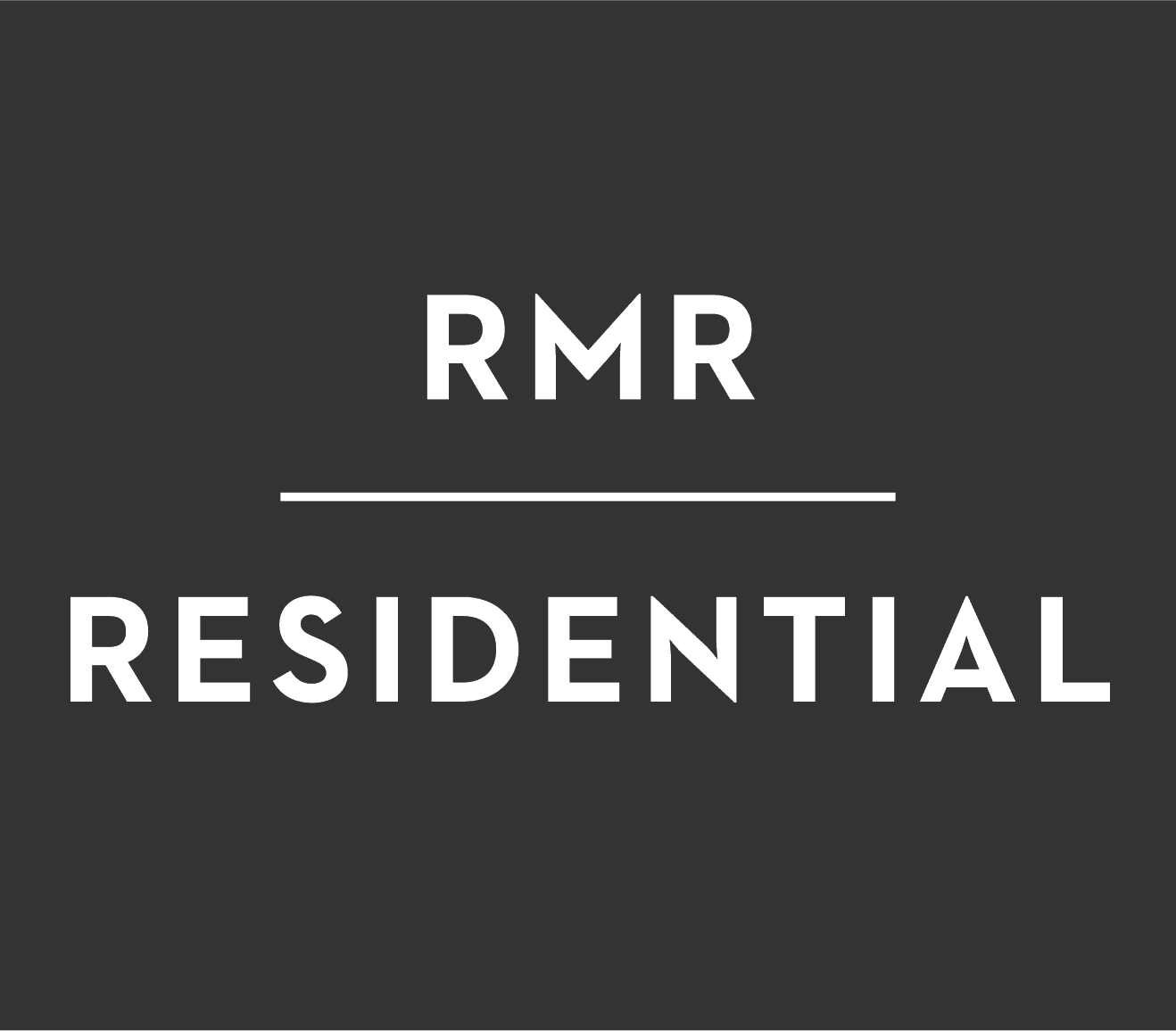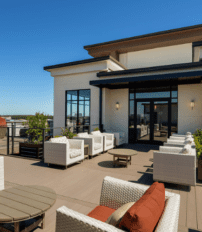Human-Centered Design
Instead of starting with business goals and aligning tactics to achieve them, we start with resident needs and align tactics to meet those needs, understanding that the result will be loyalty, mindshare, and ultimately market share.

Human-centered design (HCD) sounds like a buzzword to explain the creative process. In reality, it is a widely adopted business practice for problem-solving – think solution design, not art school design. Essentially, it suggests that if you build the solution that our prospects demand, our business goals will be met as a result. Instead of starting with business goals and aligning tactics to achieve them, we start with resident needs and align tactics to meet those needs, understanding that the result will be loyalty, mindshare, and ultimately market share.
There are three main tenants of HCD that should govern internal processes:
Inspiration – this requires keeping a finger on the pulse of residents to understand their needs and the creative ways other brands are tackling similar problems.
Ideation – this should be an organic process that includes both current residents as well as employees from across the company. Give everyone a voice and afford space for the presentation of all ideas.
Implementation – empower teams to implement solutions that will continually enhance prospect and resident experiences in ways that meet tangible needs. Solutions should be implemented iteratively with continual testing and refinement.








